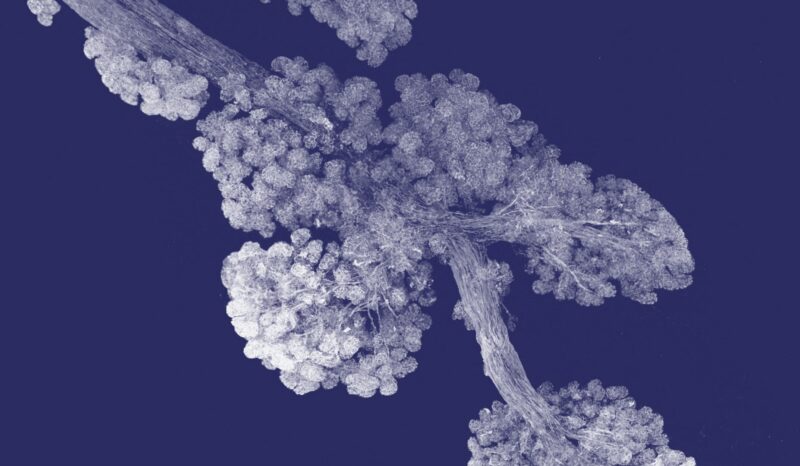WEHI PhD Completion Seminar hosted by Dr Madeline Dans
Wenyin Su
PhD Student – Sleebs and Cowman Laboratories
ACRF Chemical Biology division – New Medicines & Advanced Technologies Theme
Infectious Diseases & Immune Defence division – Infection, Inflammation & Immunity Theme
WEHI
Chemical genetics of plasmepsin V and cytochrome b


